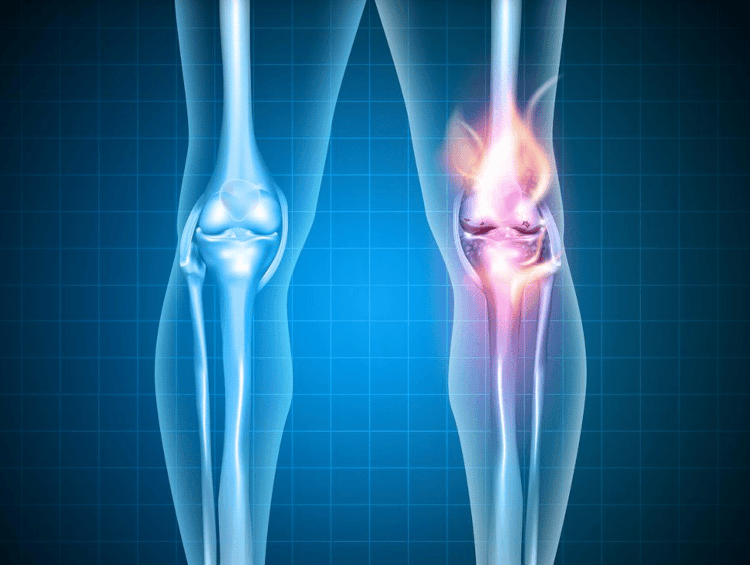Knee Pain: Why Flexion Can Be Uncomfortable

As we move through life, our bodies often remind us of their presence, especially when discomfort arises. One area that frequently raises concerns is the knee joint. Many of us experience pain or discomfort when flexing our knees, whether it’s bending down to pick something up or simply climbing stairs.
Let’s delve into the intricacies of knee pain during flexion and explore why it occurs.
- Osteoarthritis: One of the leading causes of knee pain during flexion is osteoarthritis, a degenerative joint disease. Picture the cartilage in your knee as a cushion between bones, preventing friction and absorbing shock. Over time, this cushion wears away, leading to bone-on-bone contact, inflammation, and pain, especially during flexion movements.
- Meniscal Tears: The meniscus, a rubbery cartilage that acts as a shock absorber in the knee, can tear due to sudden twists or aging-related degeneration. A torn meniscus can cause pain during flexion, as the damaged tissue impedes smooth movement.
- Patellofemoral Pain Syndrome (PFPS): PFPS, commonly known as runner’s knee, occurs when the patella (kneecap) doesn’t move properly, causing friction and irritation. Activities requiring repetitive knee bending, like climbing stairs or squatting, can exacerbate PFPS and result in discomfort during flexion.
- Bursitis: The knee contains fluid-filled sacs called bursae, which reduce friction between tissues. When these bursae become inflamed, a condition known as bursitis, bending the knee can be painful due to increased pressure and irritation.
- Maintain a Healthy Weight: Excess weight places additional stress on the knees, exacerbating pain and accelerating joint degeneration. By maintaining a healthy weight through a balanced diet and regular exercise, you can ease strain on your knees and reduce discomfort during flexion.
- Strengthen Muscles: Strengthening the muscles surrounding the knee joint, particularly the quadriceps and hamstrings, provides added support and stability. Incorporate exercises such as squats, lunges, and leg presses into your fitness routine to improve muscle strength and reduce strain during flexion movements.
- Practice Proper Posture and Mechanics: Pay attention to your body mechanics during daily activities. When bending or lifting, use proper posture and technique to minimize stress on your knees. Avoid sudden movements and listen to your body’s signals to prevent exacerbating existing knee pain.
- Seek Professional Guidance: If knee pain persists or significantly impacts your daily life, seek professional medical advice. A healthcare provider, such as a orthopedic surgeon or physical therapist, can assess your condition, provide tailored treatment recommendations, and help you regain mobility and comfort.
Do you need an appointment with a professional doctor? By clicking here you can contact me where you can study your case.
